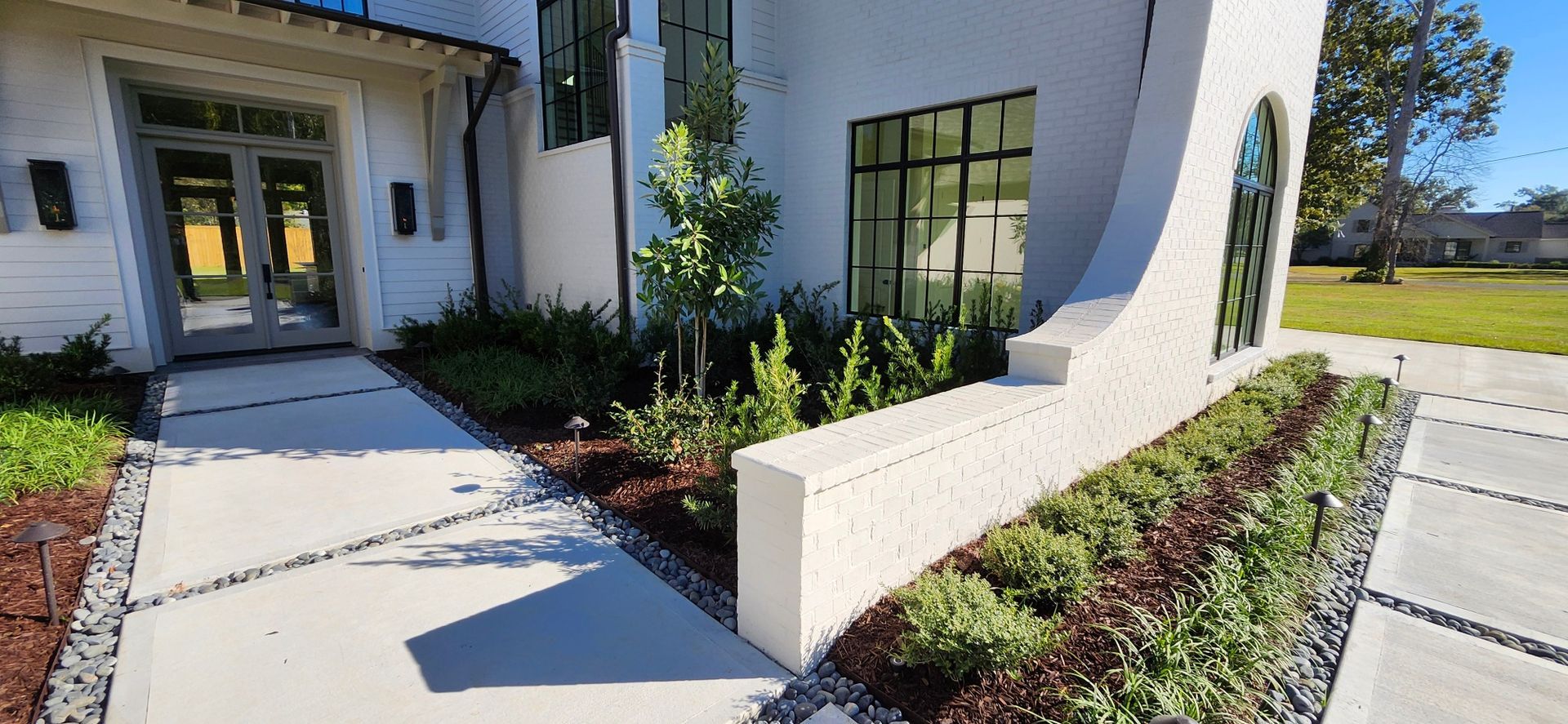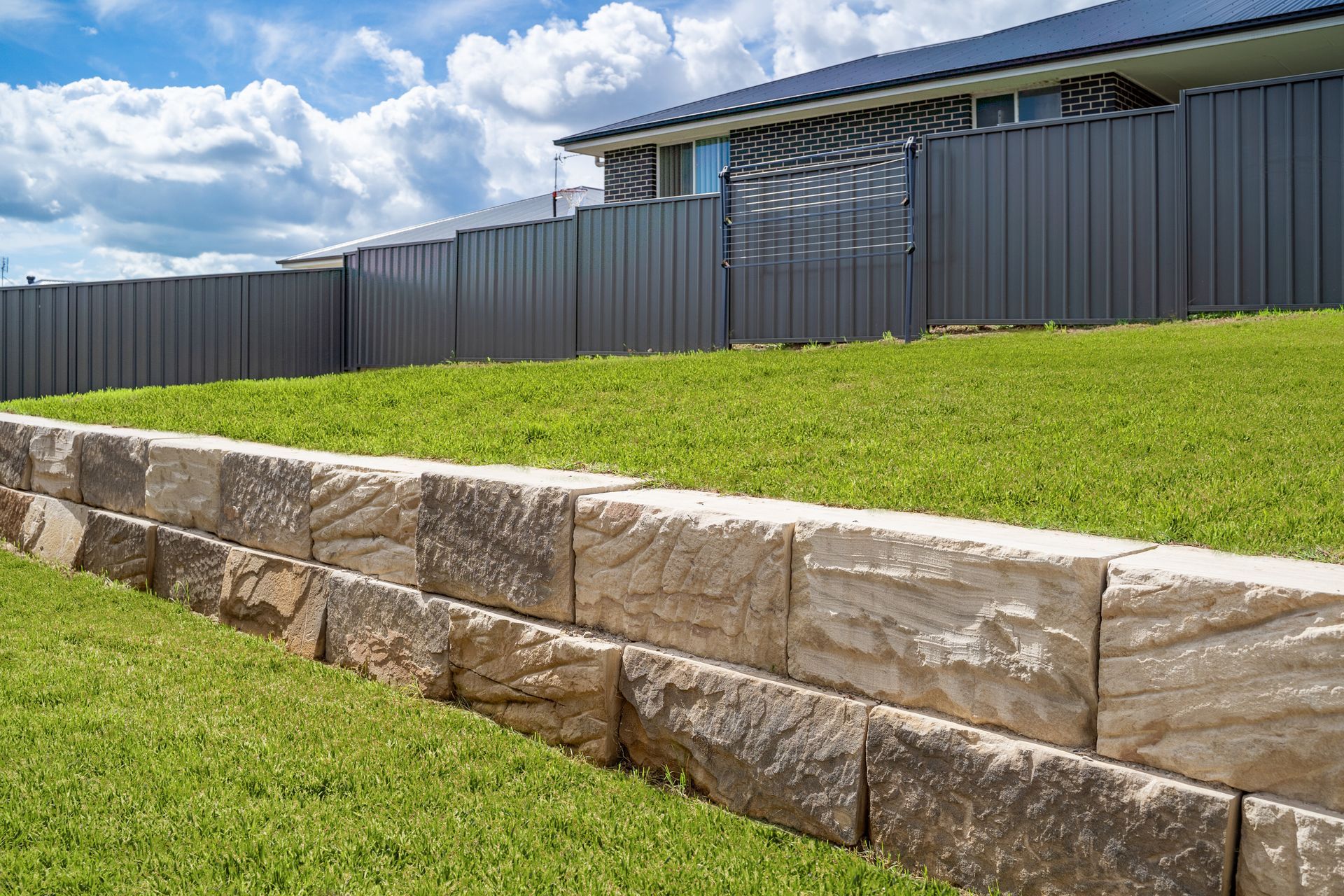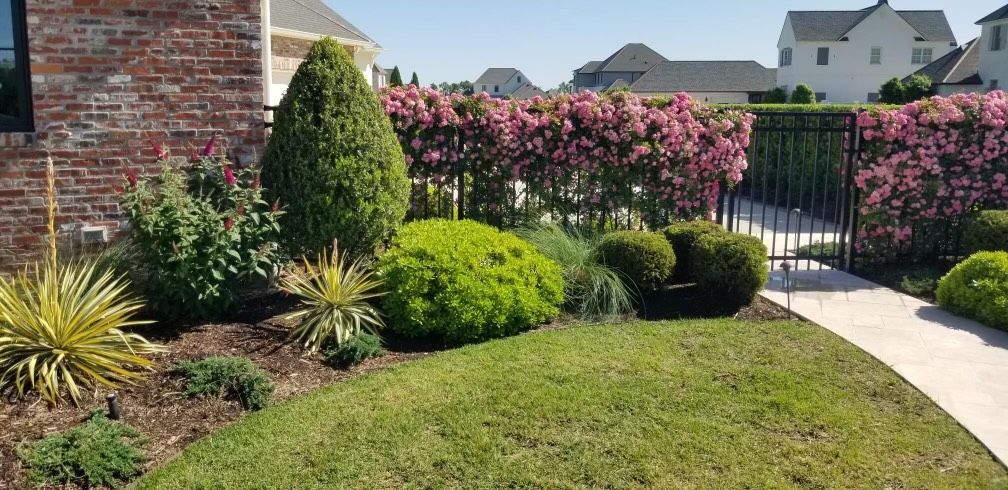Winterizing Your Irrigation System
Late fall and winter provide a brief respite from mowing your yard. Even in our warmer climate our lawns don't grow as quickly in the colder months. In fact your grass can actually become dormant to protect itself from low temperatures. In addition to mowing, the cooler weather during the winter months means you won't need to water as often, if at all. As a result, your in ground irrigation system can be turned off and winterized. This is an important process to keep your irrigation system safe and functioning when spring returns. You can trust your landscape professionals to handle this task, but here is what to know about winterizing your lawn irrigation system.
Begin by Insulating Your Irrigation Equipment
The first step is to shut off the water supply to your irrigation system. After this be sure that your shut off valve is insulated from freezing temperatures. Wrap this element in foam insulation and a plastic bag to prevent it from freezing. Any other exposed piping needs to be insulated. Self-adhesive foam tape is good option.
Drain Your Irrigation Pipes
As water freezes it expands. This can cause damage to your pipes and sprinkler heads. To prevent this, you need to drain your pipes. There are a few ways to do this. You can use a manual drain valve, an automatic drain valve, or the compressed air blow out method. If you are unsure of what method to use, or how to drain your irrigation lines, the experts at Kyle's Lawn & Landscape can help.
Protect Your Backflow Prevention and Valves
Just like your exposed shut off valve and other above ground pipes need to be insulated, so do any valves and your backflow prevention. When insulating be sure not to block any air vents or drain outlets.





